The Big Read: Story of BAW & BAIC (part 1)
The Suburban is a large SUV by Chevrolet. It’s the longest running nameplate in the automotive world, on the market uninterrupted since 1935. Between 1935 and 1964 several other nameplates see the light of day and survive until today. All these car models have one thing in common: during their lifespan they are updated regularly and today’s version bears no resemblance to its predecessor from decades ago. The Beijing Jeep BJ212 however has hardly changed since its debut in 1964. It’s the oldest car still on the market today.
Beijing beginnings
The early history of automotive industry in China’s capitol Beijing is closely connected to People’s Liberation Army (PLA). The armed section of the Communist Party won the civil war in 1949 and is responsible for many of early industries in China, including Beijing’s auto industry. In 1951 the PLA brings two Beijing workshops, the former Kuomintang No. 409 Automobile Repair shop and the Beijing Automobile under its direct control. Combined the factories are known as the PLA 6th Automobile Manufacturing Company and responsible for repairing and building army vehicles.
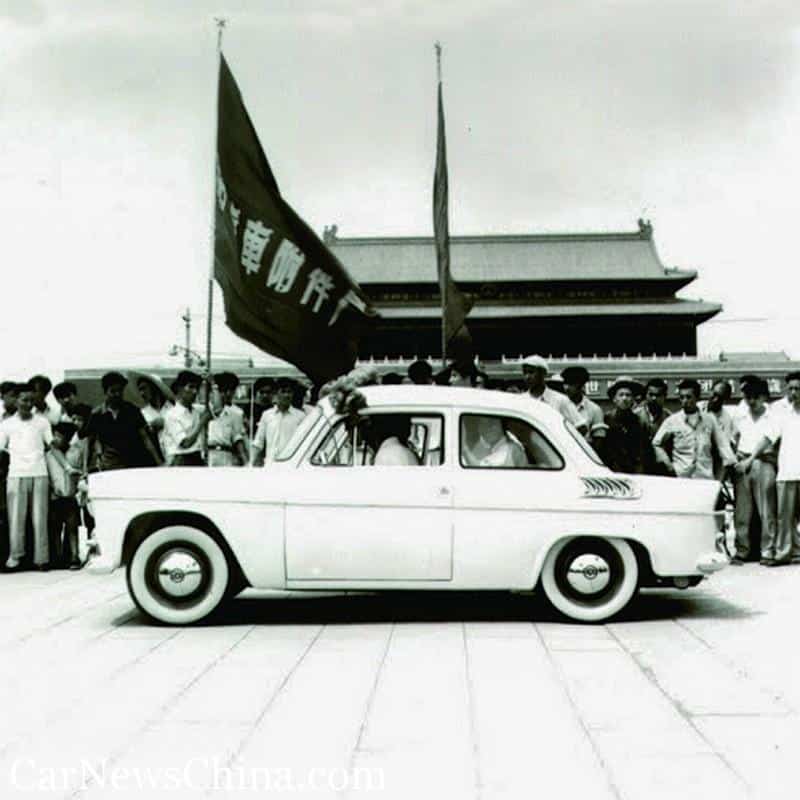
The 409th Repair Shop gets its hands on the some Zundapp KS500 twin cylinder motorcycles, copies the design and starts producing it as the Jinggangshan motorcycle. This is the start of Beijings vehicle industry. The Jinggangshan is mainly meant for military use, but some reports say it’s also one of the very few motorized vehicles available to the public in small numbers. In 1953 the 409th Factory changes its name to Beijing Motorcycle Factory.
At the same time, the Beijing Repair Shop is renamed 1st Automobile Accessory Factory. It engages in making automotive parts like carburetors, spare parts and small sheet metal items. This is however the beginning of the ‘Great Leap Forward’, Mao Zedong’s campaign to reform China’s agricultural economy into a modern industrialized one. As a contribution to this campaign, the 1st Automobile Accessory Factory starts developing a car. It follows the example of its sister factory: take a German donor car and convert it for the Chinese market. Where the Jinggangshan motorcycle is a direct Zundapp replica, the Accessory Factory is a little more creative. They copy the underpinnings and engine of a Volkswagen Beetle, but put a self-designed two-door sedan body on top.
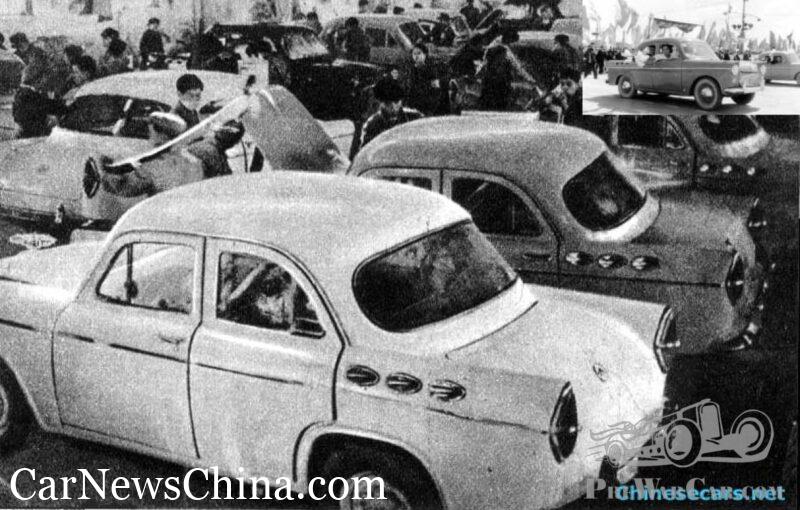
The car, also called Jinggangshan, is presented to the public in June 1958. Mao Zedong himself comes by to inspect the car and some tractors made another Beijing factory. For the occasion the 1st Accessory Factory changes its name to Beijing Automobile Works (BAW). The first batch of production cars is ready in October of the same year. Big surprise, the body then has four doors. BAW intends to increase production to 10.000 per year in the following years, but nothing comes of it. The ‘Great Leap Forward’ turns out to be rather disastrous, killing the economy and causing famine across the country. According to Erik van Ingen Schenau’s book “Cars and 4×4’s from Beijing and Tianjin” only 154 units of the Jinggangshan are assembled between 1958 and 1960.
Other early cars by BAW
The Jinggangshan is a small ‘people’s car’, but in 1958 BAW also reveals a car on the other end of the spectrum. The CB4 is a large sedan rivaling the Hongqi from FAW. The design is inspired on the American Buick and the car comes with a V8 engine a two-speed automatic. In 1958 six vehicles are made, including a convertible. In 1959 the design of the six meter long limousine is slightly updated and about 20 more pieces are made until 1962.
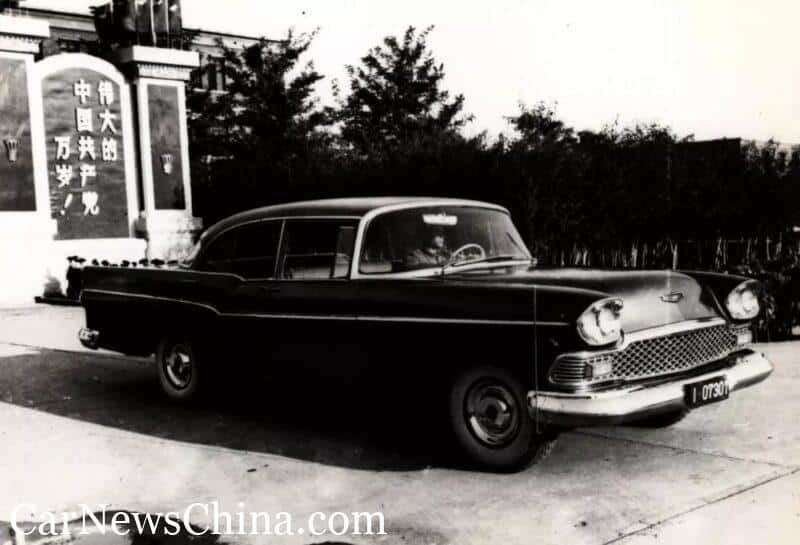
BAW works on a full line-up of cars, because in 1960 they show the Dongfanghong BJ760. This is a mid-size sedan of similar dimensions and design as the Shanghai build Fenghuang SH760. Like many Chinese cars of the era, it’s based on Russian technology, the GAZ Volga M21. The engine is the same Volga 2,4 litre four cylinder that will power the later off-road vehicles. The Dongfanghong is produced throughout the sixties, but that doesn’t make it a huge success. Again according to Van Ingen Schenau the total production volume is 238 cars in ten years time.
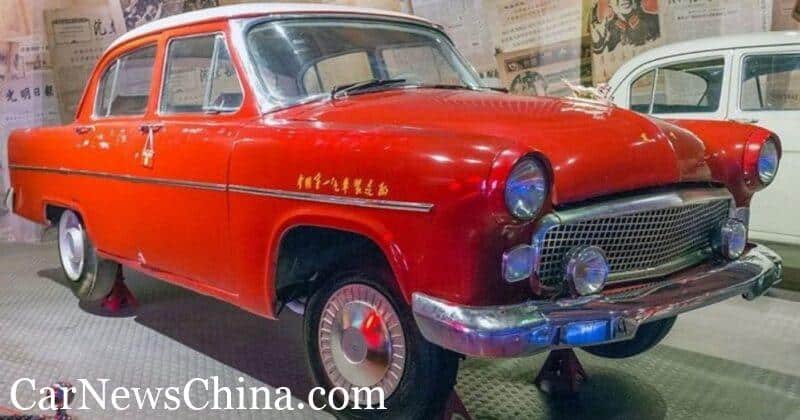
With China’s less than stellar foray into passenger car production, the central government decides to intervene. Clear guidelines are set. FAW will supply the party limousines with the Hongqi brand, Shanghai makes the sedans for the middle management and Beijing will focus on military vehicles. In April 1963 the production line of the Changjiang 46 off-roader, which we encountered in the Story of Changan, is moved from Chongqing to Beijing. From then on the car is known as Beijing BJ210, until the production line is moved again in 1965. This time to nearby Tianjin, where the BJ210 lives on as Tianjin TJ210 until 1978.
BJ212, China’s evergreen
The GAZ 69 is a light off-road truck developed in the early 1950’s. It serves as blueprint for many Russian and Chinese trucks of the era and also forms the starting point of the BJ212. The BJ212 is developed in 1963/64,with serial production starting in 1966. Probably BAW receives help from Russian engineers from UAZ, who are developing a similar vehicle on the same basis. The UAZ 469 production starts in 1971 and like the BJ212, derivatives of the original design are still being made.
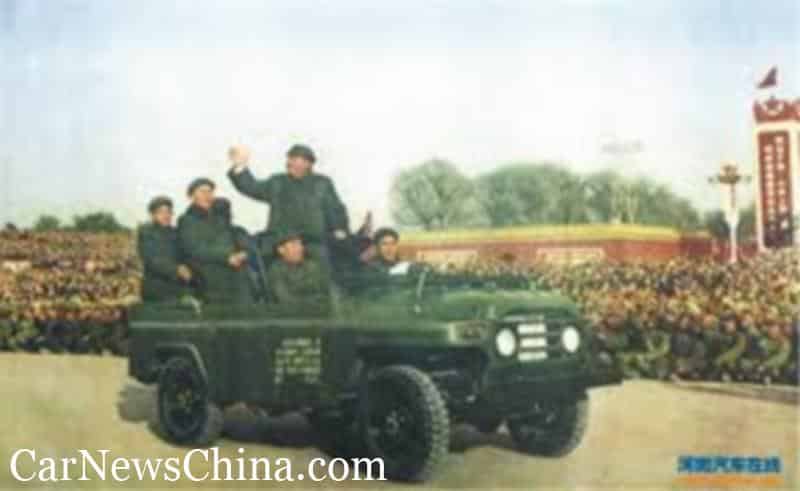
So, the BJ212 predates its Russian sibling by several years, but the design is very similar. It’s a basic, sturdy off-roader with two or four doors, a canvas top, rigid axles on leaf springs, four wheel drive and the 2.4 litre petrol engine with 75 hp. Shortly after many variants appear. Versions with detachable hardtop, stationwagon, pickup, longer wheelbase are all made, added with just as many military varieties. Troop carriers, command vehicles and cars with artillery are all deployed to the PLA.
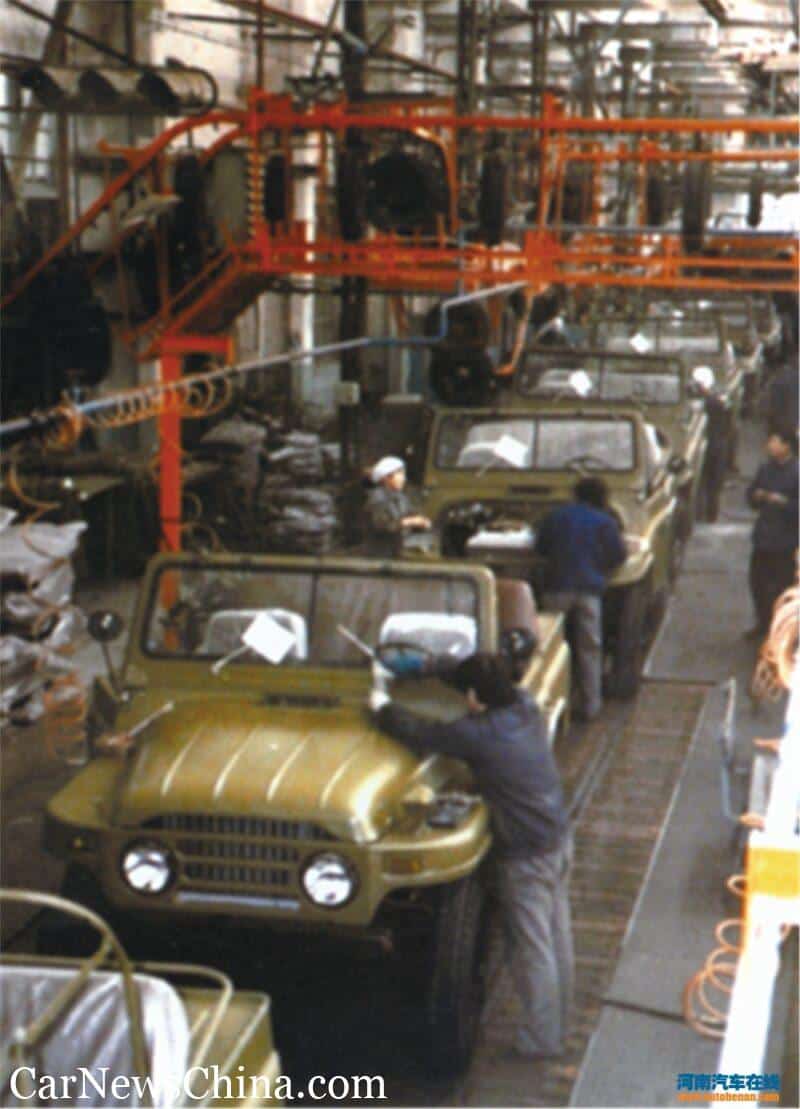
Coinciding with the BJ212 production start is the establishment of the Beijing 2nd Automobile Works. This new factory develops a light commercial truck, the BJ130. Small scale trial production starts in 1968 and mass production in the early seventies. The BJ212 and BJ130 are two of the most important cars in Chinese history. Both trucks are built by many local manufacturers in endless variety. And their chassis’ are used on an even wider scale. In the Story of Great Wall we already saw that a Nissan Cedric unibody fits perfectly well on a BJ212 ladder chassis.
Production and sales of the BJ212 come along nicely through the sixties and seventies, thanks to the sprawling line-up. It even gives BAW the opportunity to make another passenger car. The BJ750 is rather Japanese looking sedan and basically the successor of the Dongfanghong. Again, sales numbers are marginal. A little over an hundred BJ750’s are made between 1973 and 1981. By then the BJ212 needs an overhaul in the engine department. A Perkins diesel engine is tried, but BAW then has its eyes on a bigger price.
Going public
In the sixties and seventies China goes through Mao’s second major campaign, the ‘Cultural Revolution’. It’s intended to eradicate all revisionary and capitalist ideas, but turns into a bloody political power struggle. Only after Mao’s death in 1976, more moderate forces come to power and there is room for social change. One of the new policies is to curtail the influence of the PLA.
Beijing is ahead of the curve, BAW is transferred to the local government already in 1973. The government sets up a holding company for this purpose, Beijing (Municipal) Automotive Industry Company. This holding changes names numerous times over the years, but I will refer to it as BAIC Group. The holding company gains control of Beijing Automobile Works, Beijing 2nd Automobile Works, Beijing Motorcycle Factory and several other related industries.
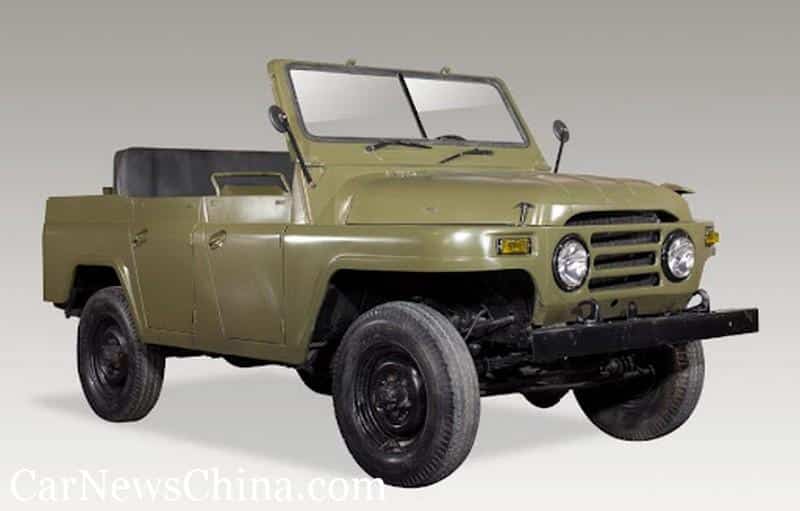
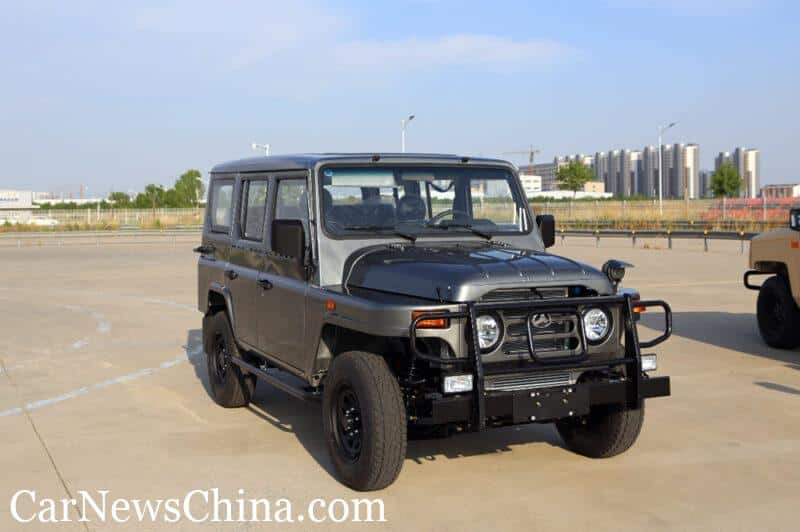
Don’t think of BAIC Group as a “Western style” holding company, with a board of directors and direct management of the various subsidiaries. It is much more a state-run cooperative, which distributes funds and materials and tries to improve productivity. It does not have executive power over its subsidiaries, can’t install management and has no direct involvement in the day-to-day running of the several factories.
In the early 1980s, Chinese leaders felt the need to thoroughly modernize the industry. The car industry is one of the spearheads in this respect and the various manufacturers are instructed to seek connections with international companies. Foreign ownership of Chinese companies is not allowed, so a joint venture (where the Chinese party remains in control) is the appropriate form.
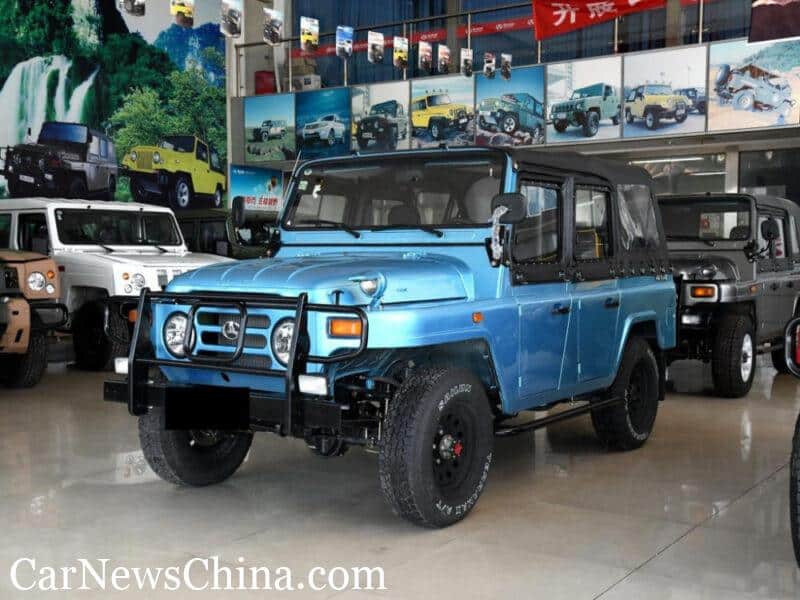
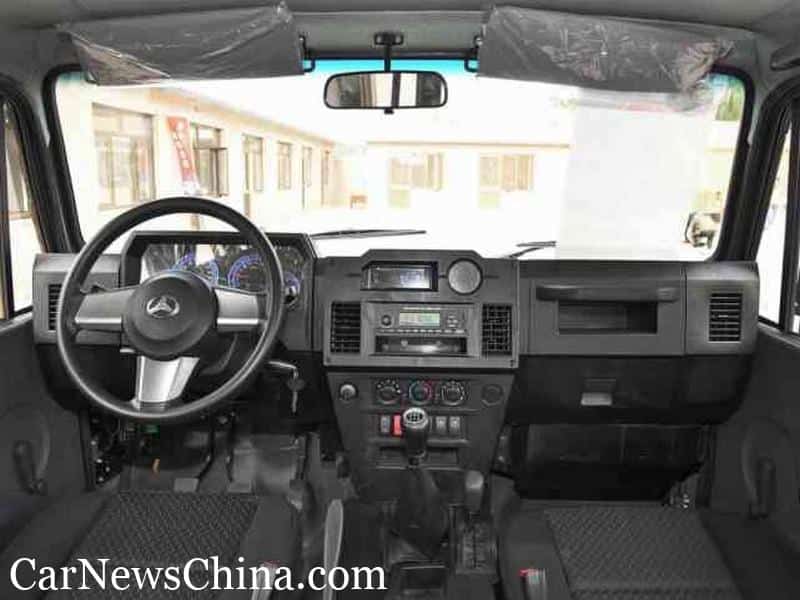
BAW is the first Chinese manufacturer to succeed in seducing a foreign party. In their case, it is American Motors Corporation, then the owner of the Jeep brand. In May 1983, the contracts are signed and Beijing Jeep Co Ltd is established. BAW has a majority stake of 69%, AMC has the remaining 31%. The Americans have to provide technology and money, the Chinese provide the facilities. As a result, a large part of BAW’s assets are transferred to Beijing Jeep.
Splits and mergers
After the creation of the Beijing Jeep company production of the BJ212 is split between the joint venture and BAW. Beijing Jeep makes the bulk of the BJ212 models, BAW only retains a cheap entry level model and the pickups. Besides the BJ212, Beijing Jeep also brings the Cherokee to the Chinese market. Its four cylinder engine eventually finds its way to the BJ212 as well, albeit not until the late nineties.
BAW becomes a small outfit due its limited product line-up and is therefore merged with Beijing Motorcycle in 1987. The short lived company bears the name Beijing Automobile & Motorcycle Joint Manufacturing Plant. An engineer of this company, called Yao Changsheng, quits his job in 1994 to set up the Beijing Automobile Assembly Plant. Initially Yao’s factory acts as parts supplier to BAIC Group, but moves up to whole car assembly later on.

In 2001 BAW is incorporated as a real company with board of directors and shareholders. Yao Changcheng acquires 67% of the shares, BAIC Group retains the other third. The company name changes to Beijing Automobile Manufacturing Co., Ltd., but everybody keeps referring to it as BAW. Under Yao’s command BAW finally starts developing more modern cars. A range of rather generic SUV’s (Luba, 007) and pickups (Yueling, Ruiling) are presented in the early 2000’s. BAW also makes some light vans.
In 2008 BAIC retakes control of BAW by taking over 18% of Yao’s share capital. Due to changes in control of Beijing Jeep (we will pick up that story next week), the BJ212 comes home as well. Beijing Jeep also developed the BJ212 successor for the army. BAW takes over production of this military vehicle called Yongshi (English: Warrior) and a commercial version is released many years later. BAIC Group continues the expanded product portfolio, but while the BJ212 seems to go forever, the more modern SUV’s gradually fall by the wayside. The Yueling pickup survives though. BAIC Group also uses the iconic BJ designation to introduce a range of modern off-roaders under its own brand name.
Laixi Automobile Works?
And then in late 2016 BAIC Group disposes of BAW entirely. Remember that BAW is one of the pillars BAIC Group was built on. The Group however sells almost all its share to Yao Changsheng (87,5%) and a small amount to a venture called Shanghai Qinyong New Energy Development (a company I have no further data on). From a military and state-owned car manufacturer, BAW has now become a private enterprise.
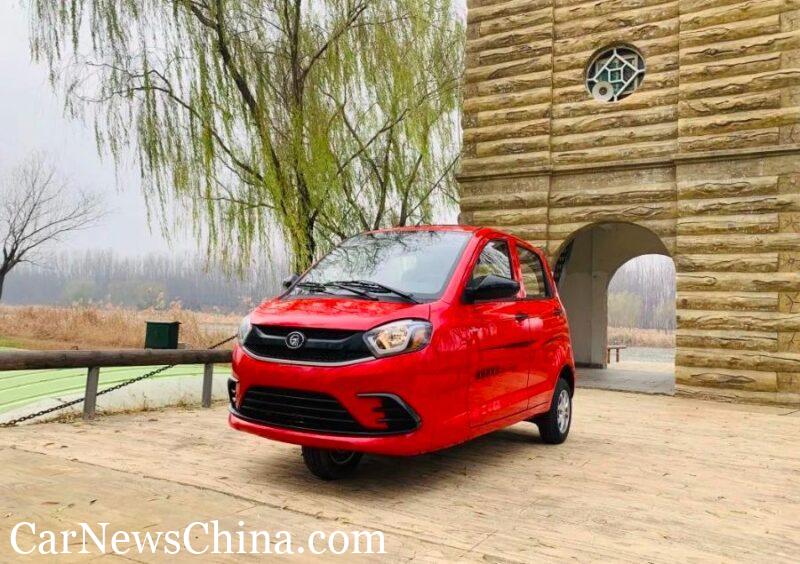
Yao starts the single biggest technical development of the BJ212 yet. The independent BAW designs an independent front suspension and coil springs all around for its ancient off-roader. The new suspension appears on the car in 2019, really the first major overhaul of the BJ212. Versions with the old rigid suspension are still sold alongside the upgraded variant.
At that time BAW has changed hands again. In May 2018 a new company called Beijing Automobile Works Qingdao is established. Not by BAW itself, but by Qingdao Fulu Investment Holding. That holding is the strategic investment arm of Shandong Fulu Vehicle Group, a LSEV manufacturer owned by Lu Fujun. It’s an already familiar part of these Automaker Stories: LSEV manufacturers seeking ways to become a car manufacturer. Fulu is a larger LSEV company, selling vehicle brands like Fulu, Jindalu and Baowa.
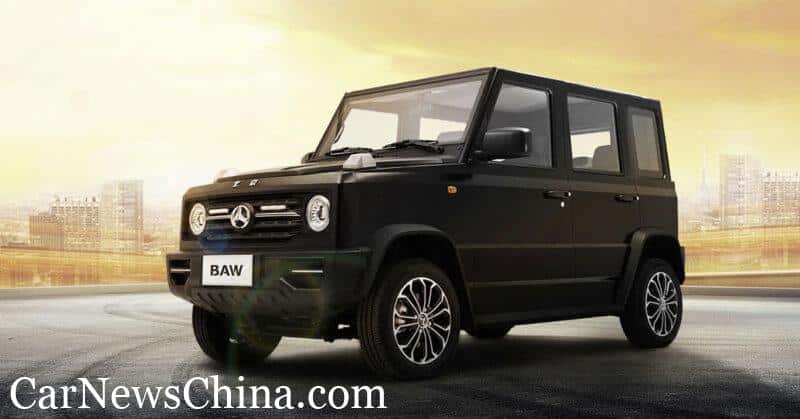
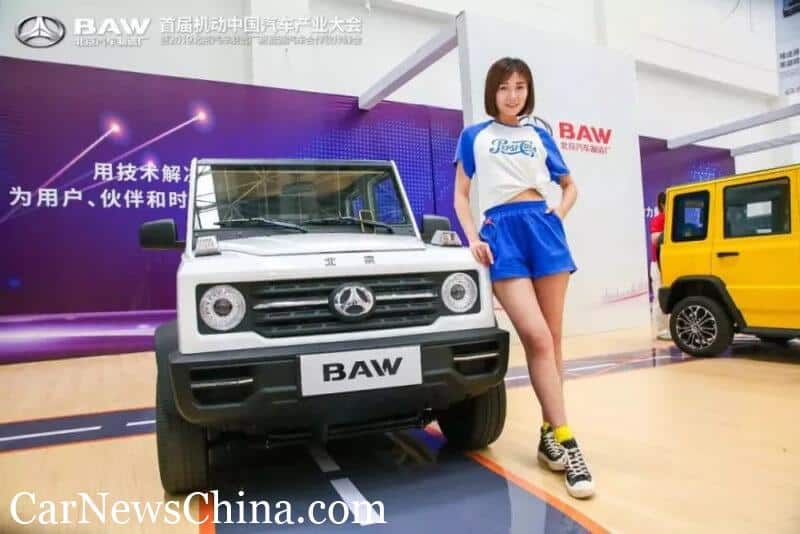
Weeks after its founding, BAW Qingdao acquires 51% of the shares of the original BAW. Yao Changsheng holds on to 40% and the remaining 9% belongs to Shanghai Qinlong Development. Although the Beijing Automobile Assembly Plant remains the main manufacturing site, BAW breaks the ground on a completely new production base in Laixi City, Qingdao (Shandong province) and intends to move its headquarters there as well. At the same time the BAW Dezhou branch (also in Shandong province) is announced and that facility starts production in October 2019. In Dezhou the Xiaomao and Damao (Little Cat and Big Cat) roll of the assembly, two electric minicars based on Fulu LSEV’s.
And through all the upheavals the BJ212 is still going strong. It has the new suspension, complies with the latest environmental rules by using a modern Mitsubishi engine and is still the most recognizable car on Chinese roads. The BJ212 made BAIC Group a big car company, now let’s see if it can do the same for Fulu Vehicle Group.

